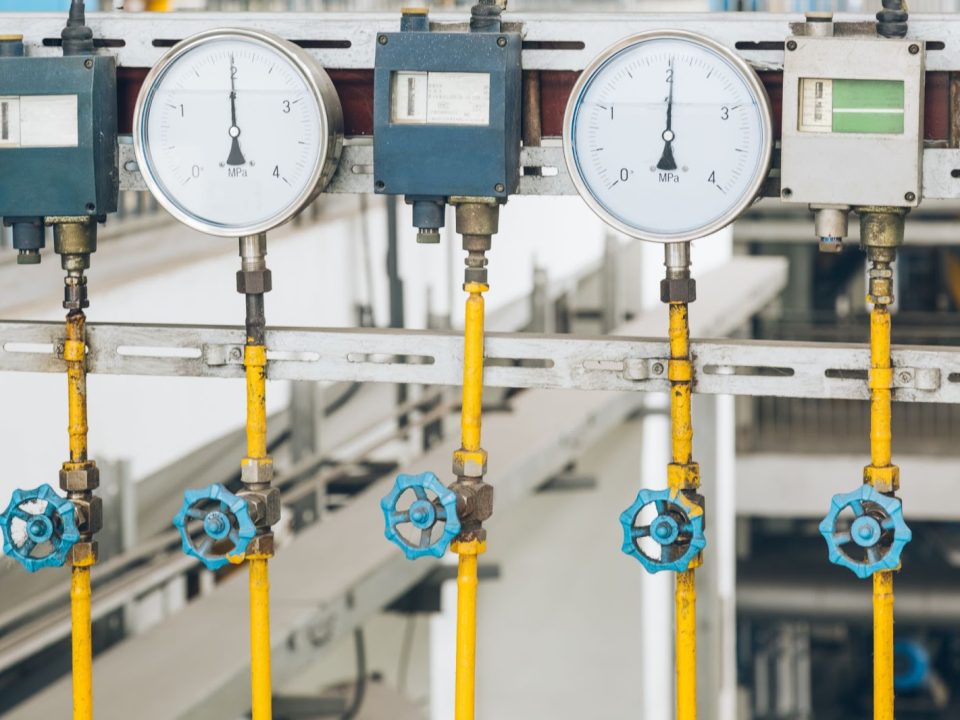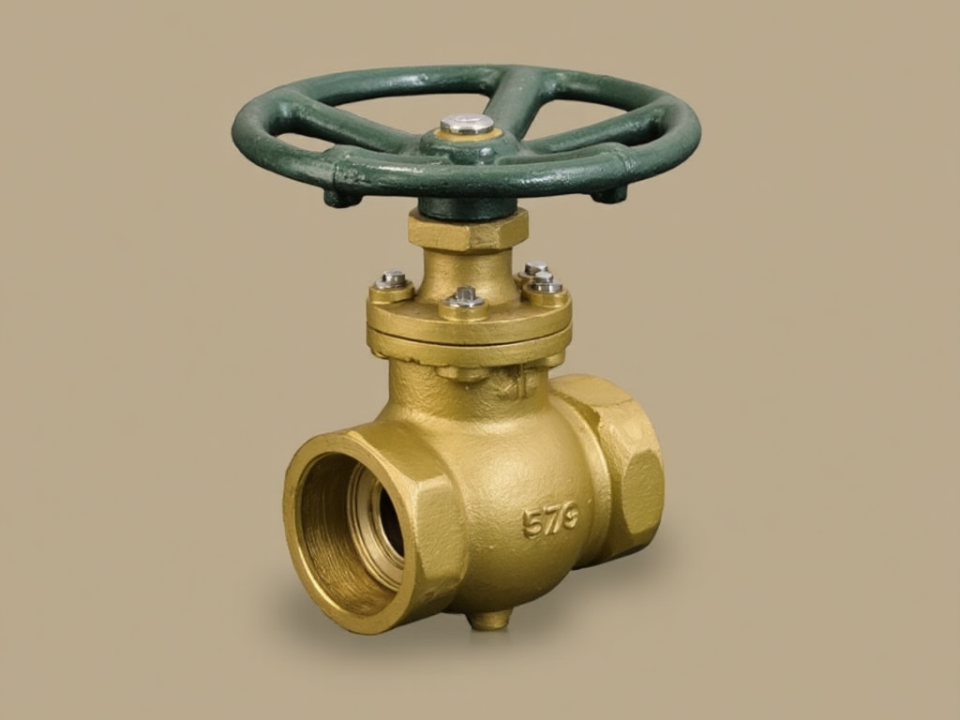Ball valves are vital components of the oil and gas industry’s complicated network, where precision and dependability are required. They ensure that fluids flow through the system smoothly and efficiently. During various stages of production, distribution, and refining, these valves are crucial for controlling the flow of gas, oil, and other hydrocarbons. Ball valves are important and difficult devices that professionals and enthusiasts in the oil and gas sector should understand. The effective and secure transmission of hydrocarbon resources is dependent upon a variety of industrial valves in the oil and gas sector. Among these valves, ball valves have grown in popularity and dependability due to their unique design and functional characteristics.
Upstream Operations
Isolating the Wellhead:
During the drilling, completion, and production phases, ball valves gets used to isolate wellheads to give safety and control over the flow of gas and oil.
Subsea installations:
Ball valves provide dependable fluid flow control in subaquatic applications get subjected to high pressures, temperatures, and corrosive environments.
Christmas Tree Sets:
These systems, which control and monitor the flow of gas and oil from wells, are not complete without ball valves.
Midstream operations
In pipeline transportation systems, ball valves are used to segregate gas and oil, control flow, and supervise pressure. The natural gas flow in these facilities gets regulated by ball valves during several processing phases, including separation, dehydration, and sweetening.
Downstream-operating refineries
The flow of crude oil and refined products is controlled by ball valves in refineries throughout a variety of processes, such as mixing, cracking, and distillation.
During the manufacturing of fertilisers, polymers, and other goods, the flow of chemicals and feedstocks is regulated at petrochemical plants using ball valves.
Ball valves are crucial components of the networks used in the transportation and storage of gas, oil, and petrochemical products because they regulate flow and provide security.
What is the purpose of ball valves in the gas and oil extraction sector?
Ball valves are the essential elements of the oil and gas industry, managing fluid flow during the exploration, drilling, production, transportation, and refining stages.
Analysis of ball valve’s critical role
Control and Regulation of Flow:
In pipelines, ball valves gets used to manage and control the flow of different liquids, such as water, natural gas, and crude oil. Their V-shaped ball makes it possible to throttle, guaranteeing steady and effective flow rates.
Managing Abrasive and Corrosive Media:
Ball valves are excellent because they can withstand wear and erosion in procedures involving abrasive or corrosive materials, such as hydraulic fracturing (fracking). Because of their extended service life, they require less upkeep and downtime.
High-Pressure Conditions:
Ball valves are a dependable option-for pipelines and wellhead control systems because they can withstand high-pressure levels.
Emergency Shutdown Mechanisms:
Ball valves are frequently used in emergency shutdown systems to assist in avoiding spills and accidents by rapidly isolating portions of a facility or pipeline in the case of an emergency.
High-temperature applications:
The industry needs high-temperature capability for individual procedures. Because of its sturdy design and materials, ball valves can tolerate high temperatures, ensuring that vital systems continue to function.




